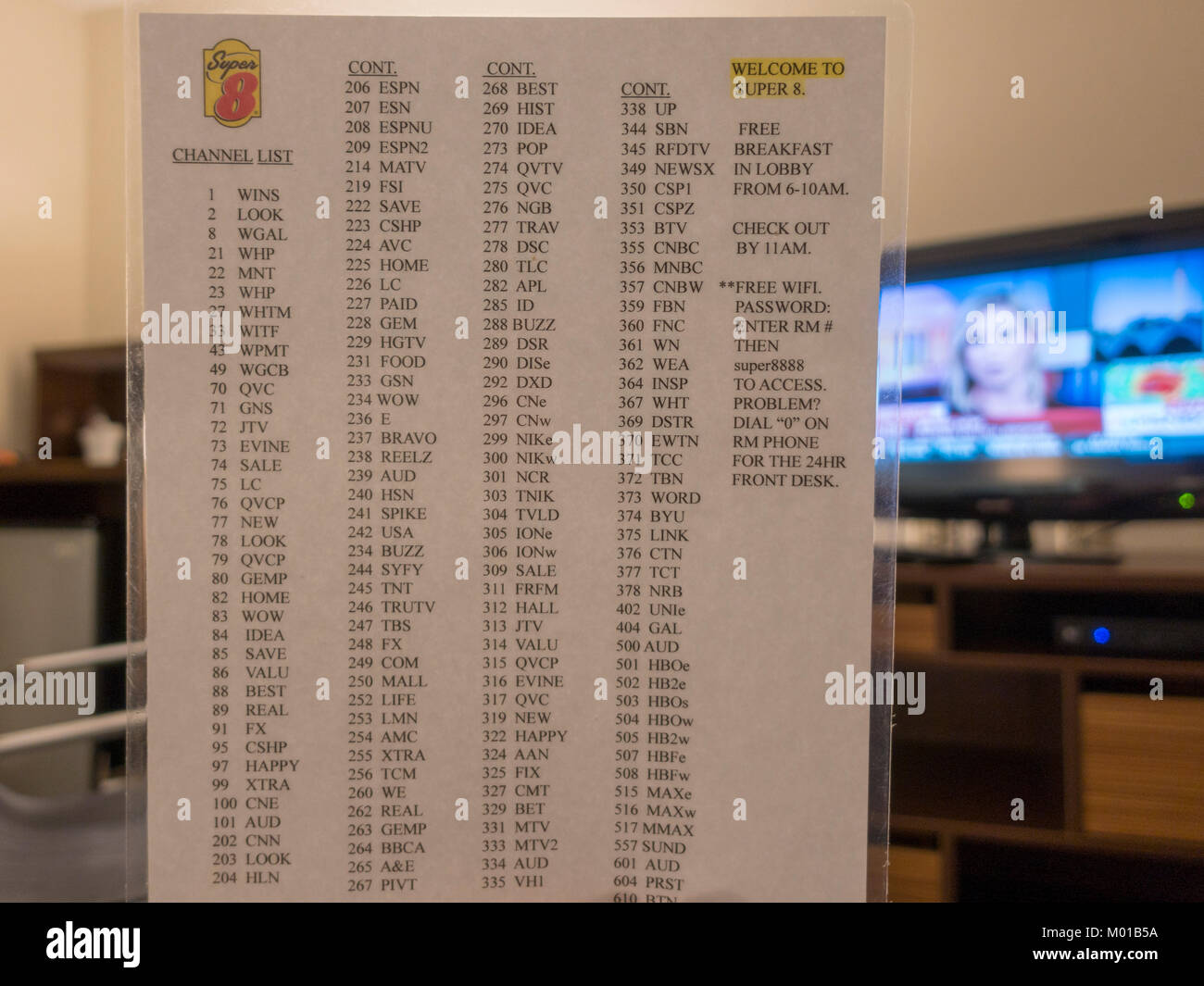Getting The Apollo Group Tv To Work
Table of ContentsExcitement About Apollo Group TvSome Known Incorrect Statements About Apollo Group Tv See This Report about Apollo Group TvApollo Group Tv Things To Know Before You Buy
In this scenario, instead of having three-minute business areas throughout a 30-minute tv program, TV programs may transform to one where a customer will be required to have a regular monthly registration, so that they cen sight targeted banner advertisements. This sort of advertising and marketing already occurs on the internet, and the amount of data tv firms gather enables them to do similar.Define the major fads amongst the broadcasting and cable networks. Popular radio reveals such as authorities drama Dragnet and western cowboy collection Gunsmoke were adjusted for tv, and brand-new TV shows were sponsored by solitary advertisers, simply as radio shows had actually been.
Today, the tv industry is even more complicated. Programs are funded by numerous marketers; programming is regulated by significant media corporations; and the 3 major networks no more dominate the airwaves however instead share their viewers with various wire networks. Several aspects make up these fads within the market, consisting of technological advancements, federal government laws, and the development of brand-new networks.

Get This Report about Apollo Group Tv
Also public television has actually come to be subject to the influence of advertising and marketing. Developed in 1969, (PBS) created out of a report by the Carnegie Commission on Educational Television, which analyzed the role of educational, noncommercial television on society. The record suggested that the federal government money public television in order to give diversity of shows during the network eraa service developed "not to sell products" yet to "enhance citizenship and public solution (McCauley, 2003)." Public tv was also meant to provide universal accessibility to tv for audiences in backwoods or audiences that can not afford to pay for exclusive tv services.
The period between 1950 and 1970 is traditionally identified as the. Besides a little part of airtime managed by public tv, the 3 major networks (understood as the Big Three) controlled the television market, jointly making up greater than 95 percent of prime-time watching. In 1986, Rupert Murdoch, the head of international firm Information Corp, released the Fox network, testing the prominence of the Big 3.
Targeting young and minority target markets with programs such as Buffy the Vampire Slayer, Moesha, Dawson's Creek, and The Wayans Bros., the new networks wanted to draw stations away from their old network affiliations. Nonetheless, instead of duplicating the success of Fox, UPN and WB battled to make an influence. Incapable to bring in lots of associate stations, both fledgling networks got to less houses than their bigger competitors since they were impossible in some smaller cities.
This choice led the means for the advancement of cord film channels, adding to the rapid growth of cable in the 1980s and 1990s. apollo tv. Additional deregulation of cable television in the 1984 Cable Communications Plan Act eliminated restrictions on cable prices, allowing operators to charge what they desired for cord services as long as there was efficient competitors to the service (a requirement that over 90 percent of all cable markets might meet)
All about Apollo Group Tv

Having actually developed the first "superstation," Turner expanded his realm by establishing 24-hour news network CNN in 1980. At the end of the i loved this year, 28 national programs solutions were offered, and the wire transformation had actually started. Over the following decade, the market went through a period of fast growth and appeal, and by 1994 visitors can pick from 94 standard and 20 costs wire solutions.
Number 9 - https://apollogtv01.blog.ss-blog.jp/2024-10-15?1728922175.16 Increased competition from cord networks has triggered a constant decrease in the networks' audience ratings. During the 1950s, the price of producing a single tv program enhanced as shows came to be longer and manufacturing costs skyrocketed. Sponsorship on network tv shifted from single sponsorship, in which a program was totally supported and generated by one advertiser, to numerous sponsorship, in which marketers purchased 1- or 2-minute places on the show
Choose one of the Big Four networks and print out its weekly programming schedule. Watch the network's prime-time programs over the course of a week, keeping in mind the target market for each show.
The Apollo Group Tv Diaries

Direct TV, commonly described as traditional broadcast TV, incorporates wire and satellite television. It's called "linear" since material adheres to a predetermined programs schedule, unlike on-demand material which the individual audience makes a decision to enjoy based upon their very own preferences and schedule. So, when you ask, "What is direct TV?", think of it as the classic way of watching television that has actually been around for years.
Comments on “The Apollo Group Tv Statements”